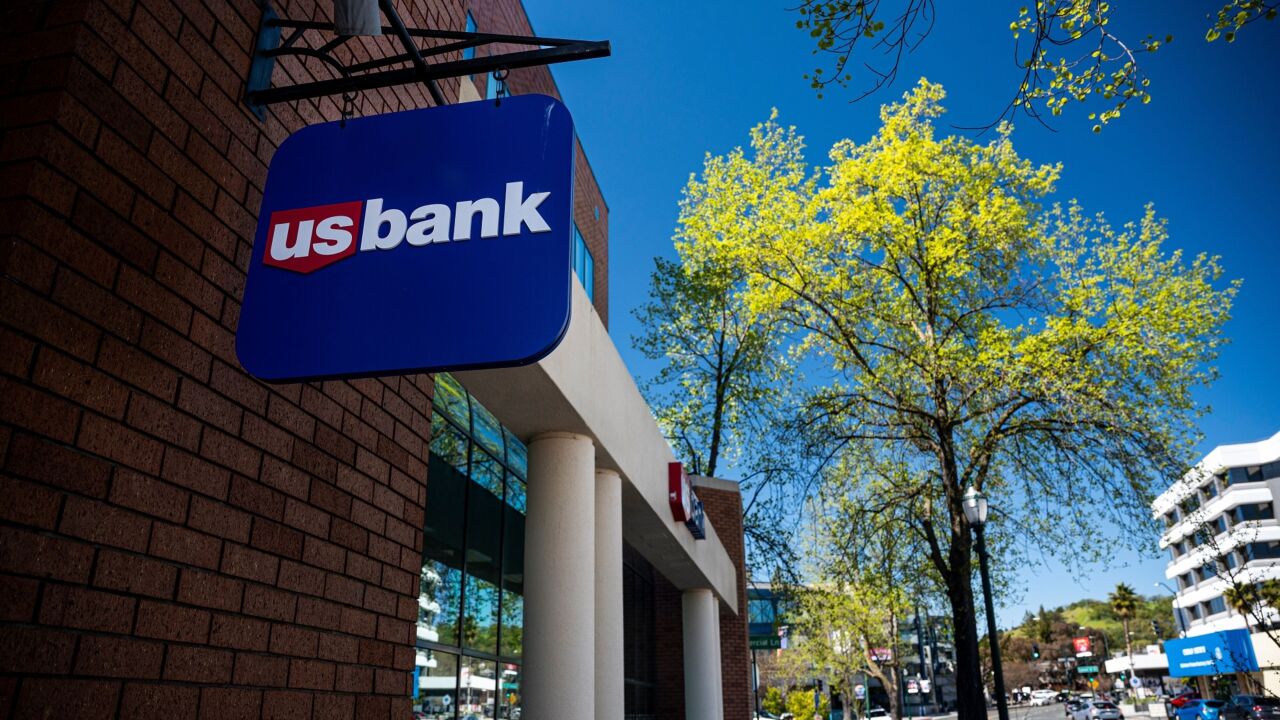
Editor's Note: This is part two of a four-part series on the mortgage industry's response to the housing inventory shortage. Read
While the lack of homes for sale is being felt across all market tiers, it has especially hit hardest at the lower end.
In May, there were 1.96 million homes for sale, 8.4% lower than the same month in 2016, according to the National Association of Realtors.
Meanwhile, an average of 1.2 million households will be formed each year between 2017 and 2020, according to a Congressional Budget Office forecast released earlier this year. In today's market,
"There is a marked drought in starter homes being offered for sale," said Amy Crews Cutts, chief economist at Equifax. "New inventory is focused very much on the larger, higher-end homes."
Some mortgage lenders are turning to programs like bridge loans and down payment assistance to address volume concerns caused by the inventory shortage.

Homeowners are not putting their current property on the market because they
Trade-up homes comprised just 23% of listed houses in the first quarter. In addition, the supply of foreclosed properties left over from the crisis is diminishing.
Third Federal Savings & Loan, headquartered in Cleveland, created a bridge loan that helps consumers purchase a new home while marketing their current property. The bridge loan is structured so the borrower just has to make one monthly payment.
"With many markets facing
It allows borrowers to use the equity in their current property for the down payment on the next one and principal and interest payments are not required for up to 12 months while the current property is being sold.
To assist with affordability, other lenders are offering a 97% loan-to-value product with a 2% grant, effectively allowing consumers to buy a home with
Movement Mortgage of Fort Mill, S.C., takes this a step further by offering a company-funded 3% down payment grant so the borrower doesn't have to come up with any cash.
The Movement Mortgage Assistance Program is for low-to-moderate income first-time homebuyers, and offers applicants turnaround speed and certainty. The company had been working with Fannie Mae on its product for a year. The loans are sold servicing-released.
"We're giving opportunities to those that just quite frankly can't come up with a down payment but want to buy a home."
— Greg Richardson, executive vice president of capital markets, Movement Mortgage
Movement handles all of the underwriting and processing in-house for this proprietary product. There is upfront underwriting on each file, which the lender estimates takes about six hours to review and make a credit decision, said Executive Vice President of Capital Markets Greg Richardson, who added, "This gives the borrower the confidence of a pre-approval based on an underwriter's review" when they shop for a home.
The applicant must attend homebuyer education, said Richardson. MAP also offers job-loss protection insurance with the borrower needing to opt-in although they do not pay for it.
"We felt like if [the borrower] can meet certain underwriting guideline specifics, we want to help out and provide these grants. From our perspective it feels like we're doing the right thing. We're giving opportunities to those that just quite frankly can't come up with a down payment, but want to buy a home," he said.
Participants must meet median income and liquid reserve requirements. However, for those unable to qualify for MAP, Movement has other 97% LTV programs, as well as offering Federal Housing Administration and Veterans Affairs loans.





